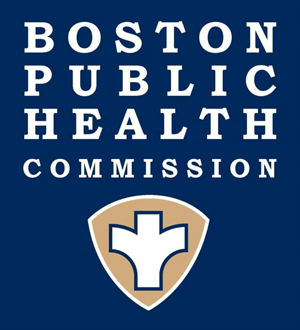Additional Safety Considerations for PPE Operations
A. Facial Hair
When utilizing full-face or half-face tight-fitting respirators, any facial hair along the seal and the skin will interfere with seal’s integrity, and could allow contaminants to pass through. Those expected to don tight-fitting masks should stay neatly shaven at all times. A moustache is permitted, however, it must not interfere with the seal of the mask.
B. Communications
Communicating effectively while using either a full-face or half-face tight-fitting mask, or hooded PAPR air purifying respirator can be extremely challenging even under ideal conditions. Ensuring workers can speak without significantly raising their voices will ensure the integrity of the tight-fitting seal.
The use of professional two-way radios is the preferred means of communication while working in PPE. Note: Intrinsically safe radios must be used in the hot and warm zones if a potentially explosive environment exists. Training should not only cover the different radio platforms utilized by the organization, but should also include training on radio communications protocols. Also, there should be at least one communications back-up system in place at all times. A primary and secondary system of communication is a critical safety concern and should be a part of any Emergency Response Plan.
- Note: Decontamination operations team leaders and those working in Level A ensembles must remember that in order to communicate effectively, radios must be worn inside the suit.
C. Speaking Diaphragms
Built-in microphones for tight-fitting full-face piece respirators provide the highest level of clear and concise communications on the market today. However, they are expensive and require a greater level of maintenance opposed to speaking diaphragms or two-way radios.
Communications training should also include instruction on established methods and the use of hand and arm signals and other means of communication in the event of primary communications failures. Examples of other audible communications devices include bells, whistles (used by decontamination personnel in the cold zone), sirens, megaphones or a compressed air horn. Visual signals could include flares (used only in the cold zone), flags, lights, signal boards and hand and arm signals.
D. The importance of a NIOSH certification
Although cases of counterfeit respirators and chemical ensemble pieces are rare, there have been cases in the past. Employers should beware of not only counterfeit respirators and other chemical protective equipment, beware of misleading advertising and or altered or modified equipment.
Look for the following markings on the packaging:
- User instruction insert
- NIOSH name or logo
- NIOSH filter classification
- NIOSH TC approval number
- Approval holder’s business name/manufacturer
- Model or part number
- Manufacturing lot number
View the video below for a better understanding of why employees must be cautious to not purchase counterfeit PPE, or why it’s critical employees do not alter their PPE in any way.
U.S. Department of Labor/OSHA Counterfeit and Altered Respirators: The Importance of NIOSH Certification
« Previous | Topic Home | Next »

